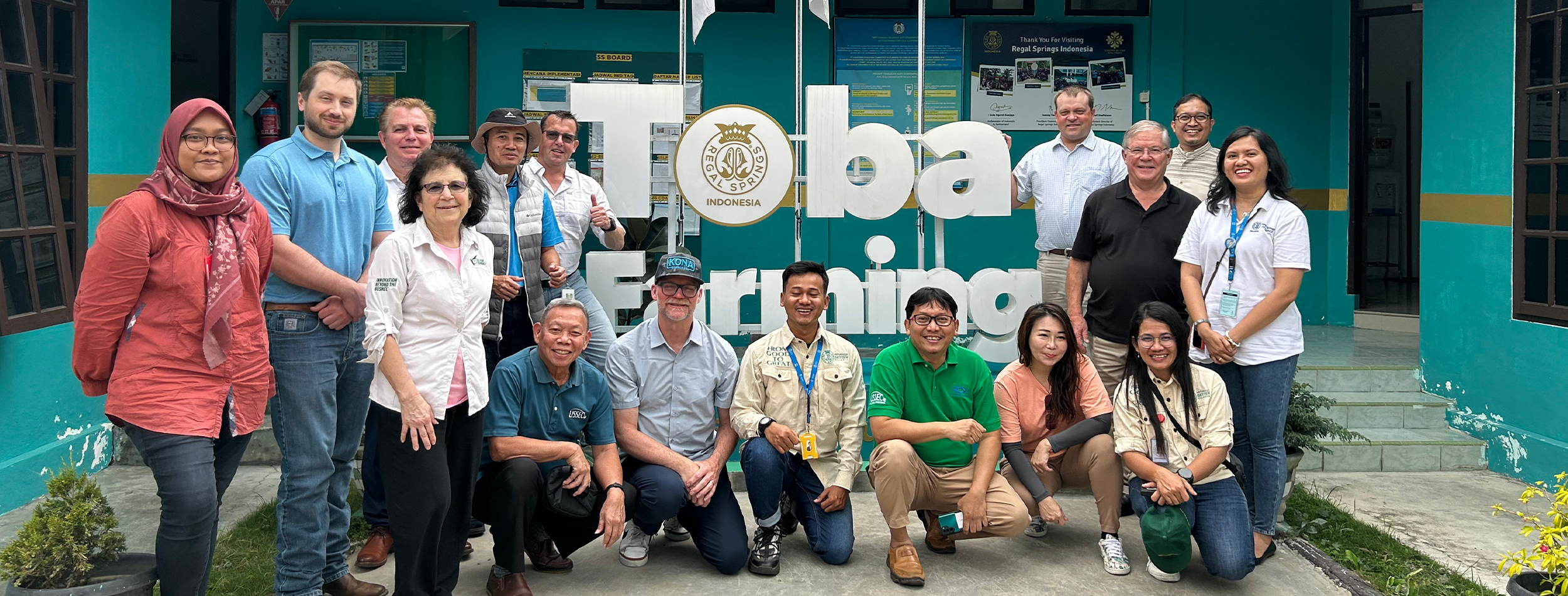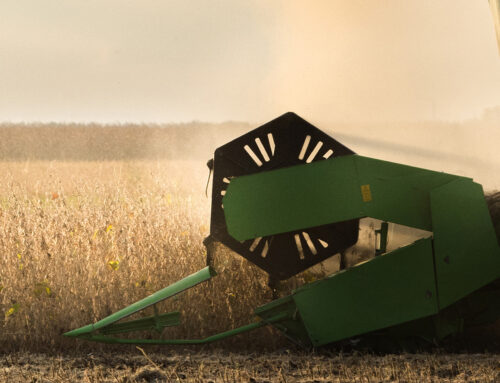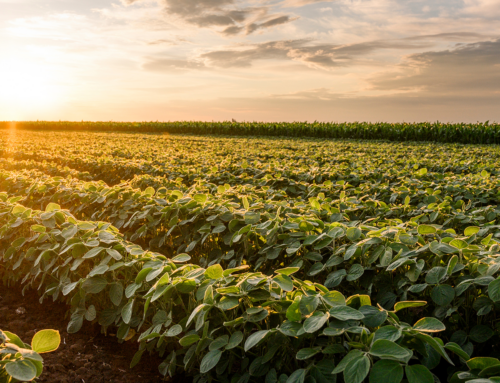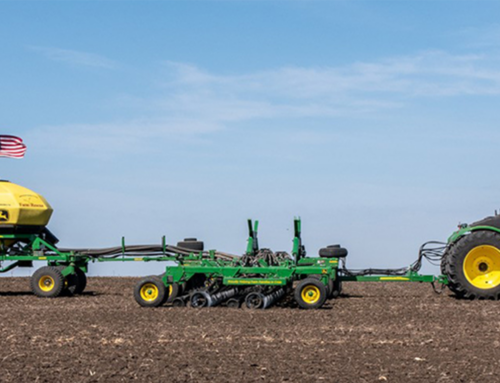
Wisconsin farmer leader encouraged by soy checkoff impacts
Share This
Stepping out of the airport into the tropical heat of Indonesia, driving past rice farms, hundreds of motor bikes and street vendors, Wisconsin farmer Nancy Kavazanjian and her Northern Soy Marketing (NSM) colleagues were ready to make an impact.
Returning to Indonesia just one year after last visiting, NSM was primed to continue its mission of educating potential customers about the benefits of soybeans exported from the Pacific Northwest (PNW), as well as expanding an existing market.
Kavazanjian, NSM treasurer/secretary and Wisconsin Soybean Marketing Board director, was joined by Glen Groth, a board member with both NSM and the Minnesota Soybean Research & Promotion Council, along with University of Minnesota Researcher Seth Naeve and poultry nutrition consultant Robert Swick on the trade mission.
“To see the difference we’re making with our checkoff money around the world, I am so honored that I’m able to see that firsthand,” said Kavazanjian, who farms near Beaver Dam, Wis. “I wish every soybean farmer in the U.S. could see what I see some days.”
Throughout industry meetings, NSM continued delivering its message about the quality and availability of northern-grown soybeans.
Concerns were shared during meetings about the lower levels of crude protein in U.S. soybeans when buyers test it versus when the U.S. tests it. The U.S. and Indonesia use different methods to test the crude protein levels, creating the discrepancy.
NSM recognizes essential amino acids (EAA) as the most accurate way to determine soybean quality and promotes this value with potential customers. NSM invested soybean grower checkoff dollars to develop a system of measuring the quality of northern-grown soybeans using Critical Amino Acid Value (CAAV) levels, which is the sum of the five most critical amino acids – lysine, cysteine, methionine, threonine and tryptophan.
“We believe that we do have the advantage in quality, especially in the Northern U.S. with our ports and our port expansions,” Kavazanjian said. “We are able to say that we have quality soybeans, we know where they come from.”
Hendri Chandra, CEO of Sahabat Ternak Jaya, is aware of the benefits of U.S. soybeans and is currently feeding 60% U.S. soybean meal to around 600,000 laying hens. During the “Understanding U.S. Soy Quality” seminar in Medan, Kavazanjian presented Chandra with the license agreement to use the Fed with Sustainable U.S. Soy label on the egg cartons his company sells.
Learning from its previous trade missions, NSM included two guests – Ag Processing Inc. Senior Export Trader Alvaro Cordero and Merchandiser Jarret Johnson – who provided examples and ideas to the Indonesian customers on the cost of U.S. soybean meal and exports.
“Last year, we had nobody from the trade aspect with us and this year we had people in trading, and that made all the difference in the world,” Swick said.
The group toured the Regal Springs Tilapia Farm on Lake Toba. After a short safety briefing, the group loaded onto boats to see the tilapia cages. The soybean meal fed to the tilapia is 100% U.S.-sourced, but only accounts for about 10% of the tilapia’s diet. The tilapia are grown to 1.2 kilograms (2.65 pounds) before being processed, packaged and shipped to the U.S. for sale at Costco.
“I thought it was valuable seeing the customer of our crop produce a product that ends up back on our own shelves,” Groth said. “I think that’s neat to have that full circle moment.”
A main use of soybeans in Indonesia is for tempeh, a traditional Indonesian food staple made mostly of fermented yellow soybeans. It’s estimated that there are around 81,000 tempeh producers producing 2.4 million tons of tempeh annually in Indonesia. Kavazanjian, along with her colleagues, toured Rumah Tempe Aslie H.B. in Medan where they saw the process of making tempeh.
Not only did the trade mission create new connections to expand the network reach of NSM, but also reconnected others. In September 2023, a group of Southeast Asian buyers visited NSM Chair Patrick O’Leary’s farm in Minnesota during the NSM Midwest Crop Tour, which Naeve also attended.
The crop tour delegation, which included some of the same people NSM visited with on the trade mission, visited during soybean harvest prep on O’Leary’s farm.
“It’s important to reconnect and to have that personal connection with people,” Naeve said. “But also, from a learning perspective to be able to repeat the message so that they understand things clearly over time is important.”



